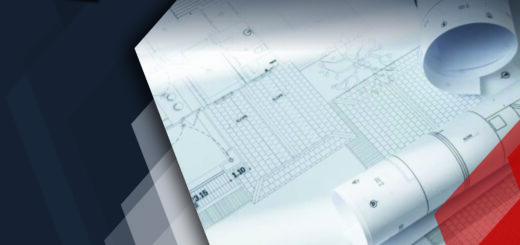WARF Patent Challenge & Patent Eligibility of Stem Cells Innovations
The pluripotent stem cell patents issued in the name of The Wisconsin Alumni Research Foundation (“WARF”), the non-profit technology transfer office of the University of Wisconsin at Madison are related to human embryonic stem cell lines (hESCs). They have remained controversial for a very long time. Yet interestingly WARF collected millions in royalties on intellectual property rights over stem cells from 2010 to 2012. The earliest of these patents (like the US patent US 7029913 B2 titled “Primate embryonic stem cells”) are set to expire by 2015 and the university has other stem-cell-related patents. So, Consumer Watchdog, a nonprofit advocacy group, is battling against the foundation to invalidate these patents. Further, the group advocates that the U.S. Supreme Court’s June ruling limiting ownership rights of human genes should apply to stem cells. WARF counter argues that these complaints are misguided. It asserts that its nonprofit WiCell Research Institute hosts the National Stem Cell Bank and has issued more than 900 free licenses to academics. While the money that it takes from commercial licenses from companies like lab-equipment maker Life Technologies Corp. (LIFE) and pharmaceutical manufacturer Pfizer helps it support R&D.
Potential of Stem Cells:
Unlike their adult counterparts, embryonic stem cells are pluripotent, i.e. they possess the ability to differentiate into any cell type. Thus, they are inherently bestowed with huge potential.
• Stem cells can create; repair tissues and organs, replicate indefinitely, and with the right biological cues, may aid in treating damaged heart tissue and spinal cords, or generate therapies for diabetes and cancer.
• Companies like StemCells Inc. and Advanced Cell Technology Inc. are testing therapies to treat macular degeneration, a cause of blindness using stem cells.
• Pharmaceutical giants such as Teva Pharmaceutical Industries Ltd. and Pfizer Inc. are working with stem-cell researchers on new therapies for Alzheimer’s diseases, spinal cord injury, stroke, burns, heart disease, diabetes, osteoarthritis, and rheumatoid arthritis
Patent Eligibility in US:
In U.S. policy and IP laws are pretty much unbiased towards stem cell research. The Omnibus Appropriations Act of 2009 allowed federal funding of research involving existing stem cell lines as well as any new cell lines developed with private funds. Moreover, the U.S. Patent Act under which hESCs are patent-eligible does not address the moral or ethical issue relating to the use of human embryos. In lieu, these have proved conducive especially in the discovery of human embryonic stem cells. US corporates are also taking keen interest in the area of stem cells. As such, the National Institutes of Health increased funding of human embryonic stem cell research to $146.5 million in 2012 from $10.1 million in 2002.
Patent Eligibility in Europe:
Pursuing a European patent for an invention that involves the use of human embryonic stem cells, however, is a difficult proposition. In 2012, EPO refused two patent applications on the basis that the claimed invention contravened Article 6(2)(c) of Directive 98/44/EC as encompassing “uses of human embryos for industrial and commercial purposes”. European Patent Convention also excludes certain otherwise patentable subject matter that is deemed contrary to public order or morality and specifies guidelines for biotechnology inventions. It explicitly excludes patenting of processes for-
• Cloning human beings
• Modifying the germ line genetic identity of human beings
• Uses of human embryos from industrial or commercial purposes
But it is unclear whether a stem cell itself is patentable as it is not explicitly excluded. But as in US, EPO grants patents to human cells, including human adult stem cells.
Conclusion:
Stem cell technology has the potential to revolutionize the field of regenerative medicine and provide medical breakthroughs and cures which never existed. So all the controversies related to this domain must be curbed as soon as possible in order to adequately amend concerned policies and IP laws. This would facilitate access to the availability of stem cell patents and further promote research and innovation in this realm.
Our Services:
Patent Drafting Support | Fixed and Cost-effective Patent Searches | Patent Searches | Prior Art Search | Bio-Sequence Patents




